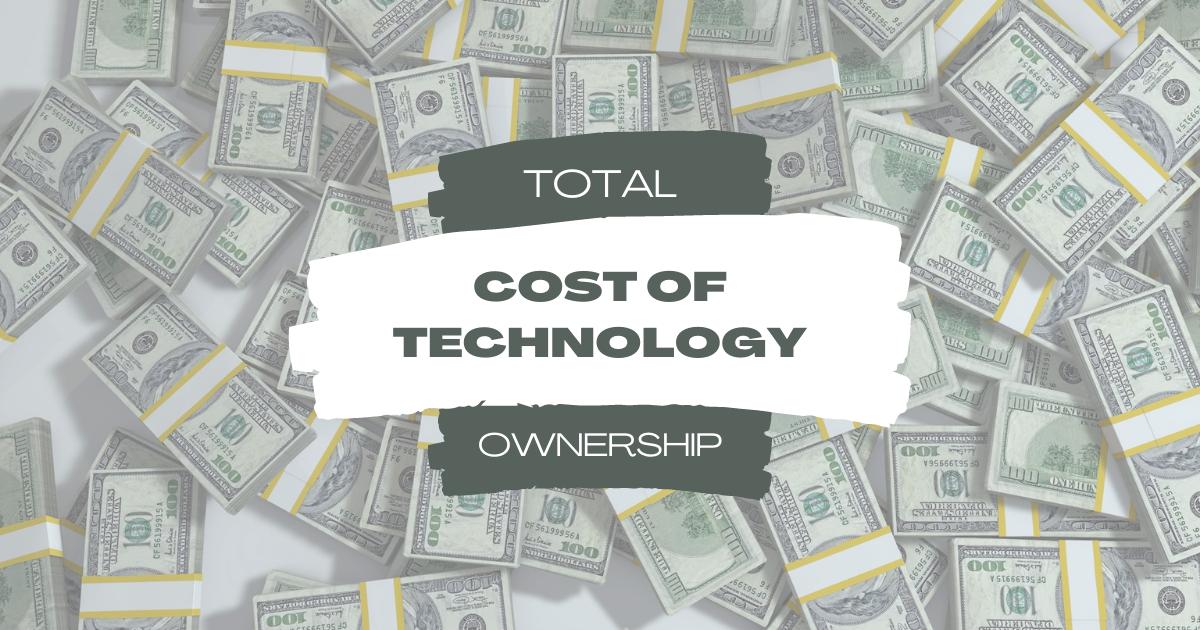
With so many options to choose from, deciding on an eCommerce technology for your online store may be quite complex. One important aspect in making this decision is understanding the total cost of technology ownership for setting up and running your eCommerce store. We give a quick overview of the technology costs here.
The various eCommerce activities
As a business owner, setting up and running an online store would mean you have to handle a few more activities than you would normally handle in brick-and-mortar operations, like
- Setting up and managing your eCommerce software
- Revisiting your branding and communication and tailor them for your online audience
- Product photoshoots for better representations on your online store
- Marketing your brand on digital and social media like Google, Facebook, Instagram etc.
- Managing your digital advertising on platforms like Google, LinkedIn etc.
- Handle logistics for your online orders
You can choose to handle them in-house or have them outsourced to an expert or an agency.
The total cost of technology ownership
In this article, we help you understand your costs related to one of these activities - the setup and running costs of your eCommerce software. We refer to it as the total cost of technology ownership of your store.
This would include your costs for
- Domain Name
- SSL Certificates
- Store Design & Experience
- eCommerce Software
- Infrastructure Costs
- Payment Gateway
Domain Name
This is the annual charges for your domain name. You may also choose to pay it upfront for a few years. This is typically in the range of $10-$50 a year.
SSL Certificates
The SSL certificate enables secure browsing for your customers so that they buy with confidence. They typically costs in the range of $100, but can go up to $1000 in specific cases. Some solution providers include this as part of their service, without any additional charges.
Store Design & Experience
A unique, distinct store design that offers a great buying experience is a sure-shot way of standing out from your competitors and driving conversions on your eCommerce store. You would work with a UI/UX design agency to create a design, that is unique and distinct from your competitors. Many eCommerce technology providers include custom design services as part of their offerings. The costs vary greatly depending on the quality of the designs, typically starting from $2000 and going up hundreds of thousands of dollars.
Alternatively, if you are just starting out with a new business, testing out the waters and would want to keep your costs to an absolute minimum, you could opt for themes and templates available on marketplaces like Evanto. However, this would mean that your online store would look very similar to those of your competitors; making it increasingly difficult for your customers to build loyalty towards your brand. These templates start $20, while some of them are available for free.
eCommerce Software
This is the cost of your eCommerce Software that powers your online store. The costing structure varies depending on the software and your mode of implementation. We cover a few of them here.
1. Software-as-a-Service
A Software-as-a-Service eCommerce platform allows you to subscribe to their service by paying monthly or annual subscription fees and other applicable charges. Depending on the platform and plan you choose, you may be severely limited with respect to store design and customer experience, speed & performance throttling, eCommerce features, number of staff accounts etc.
For setting up your storefront on these SaaS platforms, established agencies charge the range of $5000 to $20,000.
The platform subscription fee varies from $20 a month to $2000 a month or more with additional per-transaction commissions in the range of 2%. To overcome feature limitations, some platforms offer third-party plugins and apps, at an additional fee. A typical online store averages 10 to 15 additional plugins to fulfill its feature requirements.
While SaaS platforms manage to keep their fixed monthly subscription fees very low, you are likely to incur a significantly higher cost in the form of per-transaction commissions and plugin/apps fees.
2. Headless Commerce
Headless Commerce platforms give you an eCommerce engine that provides you with core business features related to eCommerce, such as product management, search, cart etc. The service is offered as a managed service on monthly or annual subscriptions. The subscription charges depend on the traffic volume and typically start at $500 a month.
These platforms do not a storefront. You will work with an agency to implement your custom-designed storefront design and experiences. Agency charges start in the range of $10000.
The headless commerce approach provides you great flexibility with respect to store design and customer experience, speed & performance, custom eCommerce features etc.
Infrastructure Costs
SaaS and Headless Commerce platforms offer infrastructure as part of their service. You do not incure any additional infrastructure costs.
If you are to choose any self-hosted eCommerce software (not covered here), you will need to be wary of additional hosting charges.
Payment Gateway
Depending on the nature of payments you would like to accept at checkout, currencies, credit and/or debit cards, internet banking, digital wallets etc., you will have to work with payment gateways such as Paypal, Stripe, Razorpay etc. These payment gateways typically charge a per-transaction fee in the range of 2% to 3% of the transaction. While they do seem small, they quickly add up.
However, choosing a payment gateway that offers a better payment experience for your customer is almost, always a win for you as this would result in lower drop-offs during customer payments.
Understanding the larger picture
When selecting your eCommerce technology, it is important to estimates your costs in the larger picture to avoid any surprises.
Connect with us if you need help to estimate your eCommerce technology costs and make an informed decision.
